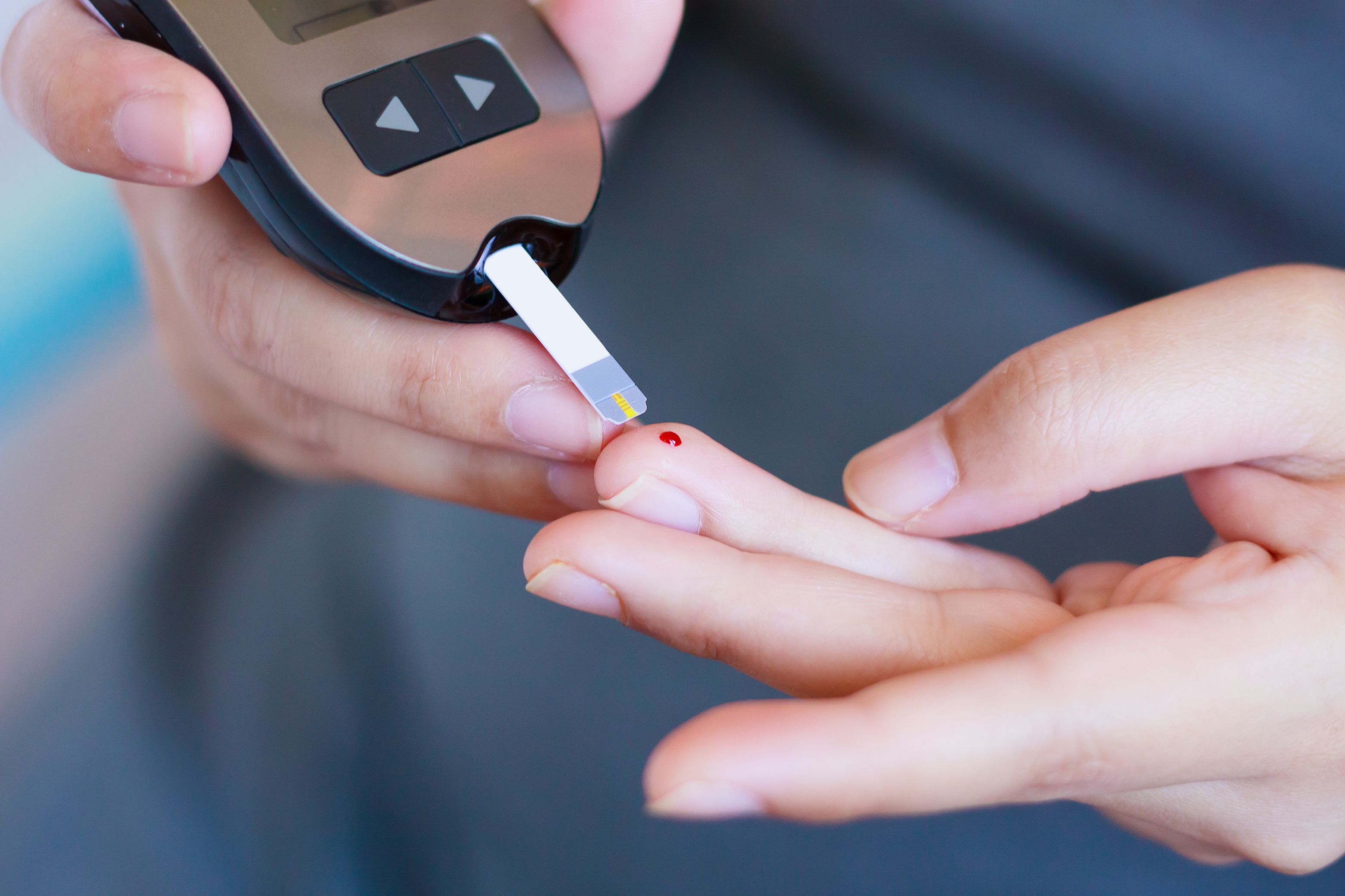- Bone Health
- Immunology
- Hematology
- Respiratory
- Dermatology
- Diabetes
- Gastroenterology
- Neurology
- Oncology
- Ophthalmology
- Rare Disease
- Rheumatology
Sandoz Reviews Insulin Access, Cost, and Biosimilar Potential
In a review, Sandoz researchers discuss lingering barriers that prevent insulin prices from falling to more affordable levels.
The cost of insulin is “a present, ongoing barrier for patients to achieve glycemic control,” according to researchers from Sandoz who reviewed current US policy regarding rising insulin costs, follow-on and biosimilar insulins, and factors affecting the successful adoption of biosimilar insulins. They cited a survey in which one-quarter of patients reported underuse of insulin due to the high cost. “As costs continue to rise, patients are forced to choose between obtaining their medications or paying for other necessities, leading to worse health outcomes,” they wrote.
Sandoz has candidate biosimilars for insulin aspart (Rapilin) and insulin glargine (Basilin) under development.
According to the authors, increasing insulin costs are due in part to a “highly consolidated” insulin market controlled by 3 manufacturers: Eli Lilly, Novo Nordisk, and Sanofi. The authors suggested this keeps prices artificially high due to a “lack of robust competition.” Biosimilars could help to address the access and affordability concerns that have come with the recent rapid rise in insulin costs, they wrote, but they cautioned that insulin biosimilars “may also face adoption challenges from patients and health care providers alike.”
Follow-on and Biosimilar Insulins
The reviewers discussed a recent change in the approval pathway for biosimilar insulins. Before 2020, follow-on insulins were approved via the new drug pathway under Food, Drug, and Cosmetic Act Section 505(b)(2). In March of 2020, the FDA “transitioned insulin to a streamlined regulatory framework for biologics as required by the Biologics Price Competition and Innovation Act (BPCIA),” which “creates an easier pathway for more affordable biosimilar and interchangeable insulins to enter the market.”
Basaglar, a follow-on referencing insulin glargine, and Admelog, a follow-on referencing insulin lispro, were approved via the new drug pathway, and are available but not considered biosimilars in the United States. They are considered biosimilars in other markets. Also available is Semglee, the first interchangeable insulin glargine biosimilar.
Challenges for Adoption of Biosimilars
The authors noted concerns regarding potential differences in immunogenicity between originator products and biosimilars; however, “no such differences in immunogenicity have been observed to date with biosimilar use in various therapeutic areas approved in the United States or Europe.” Regarding the concern that switching may increase the risk of immunogenicity, they wrote, “no published data to date demonstrate this risk.” Furthermore, they cited the FDA’s draft guidance for biosimilar and interchangeable insulins, which states there should be “no residual uncertainty regarding immunogenicity” of a biosimilar if analytical assessment demonstrates it is highly similar to the reference product.
They also discussed the nocebo effect, stemming from a patient’s negative expectations of a biosimilar drug, which can “decrease adherence rates and lower the patient’s quality of life.” The authors recommended addressing these challenges through education, which they say will be “key to ensure patients and health care professionals alike are comfortable with biosimilar insulins.”
Available data on the cost of biosimilar insulins in the United States are “limited”; however, the authors cited a recent analysis suggesting that net insulin glargine prices decreased steadily after the approval of Basaglar. Prior to the introduction of Basaglar, the price of Lantus, the only insulin glargine on the market at the time, had increased steadily for several years. “The availability of Basaglar was associated with a significant downward trend in net price for Lantus and the average price across insulin glargine products,” they wrote.
Role of Government Policy Makers and Private Payers
The reviewers said that “Congress’ focus on the high cost of insulin is part of a larger legislative effort to lower prescription drug prices for Americans.” Proposals for reducing overall and out-of-pocket drug costs have been considered in Congress, and the former Trump administration issued several executive orders intended to lower prescription drug prices, which have been partly integrated into the drug policy planning under President Joe Biden’s administration, such as drug price negotiation and drug importation.
Nevertheless, they wrote, “the high cost of insulin continues to be a key issue in larger drug-pricing conversations and could potentially drive reintroduction of legislation or new proposals in the 117th Congress,” and Biden urged Congress in August 2021 “to implement reforms that would lower the cost of prescription drugs, specifically mentioning insulins.”
In response to the rising out-of-pocket and Medicare Part D spending on insulin in recent years, CMS began a new Part D Senior Savings Model in January 2021, which caps out-of-pocket insulin costs for beneficiaries. The authors said that CMS estimates an average savings of $446 per year in out-of-pocket costs for beneficiaries.
The authors noted that “the rising cost of insulin has also captured the attention of policymakers at the state level,” with legislation passed in at least 18 states that cap out-of-pocket costs for insulin. Private payers have taken action as well; they said several insurers, including Oscar Health, Cigna, CVS, and Medica, have offered caps on co-pays or programs that reduce or eliminate out-of-pocket costs.
Although at the federal policy level, “it remains to be seen if any new drug-pricing legislation or policies will move forward and how those would affect insulins,” the authors said, state and private payer initiatives are beginning to address insulin costs, and “biosimilar insulins can promote competition, potentially decreasing both drug and health care costs and increasing patient access.”
Reference
White J, Wagner A, Patel H. The impact of biosimilar insulins on the diabetes landscape. J Manag Care Spec Pharm. Published online October 14, 2021. doi:10.18553/jmcp.2021.21253
Newsletter
Where clinical, regulatory, and economic perspectives converge—sign up for Center for Biosimilars® emails to get expert insights on emerging treatment paradigms, biosimilar policy, and real-world outcomes that shape patient care.

